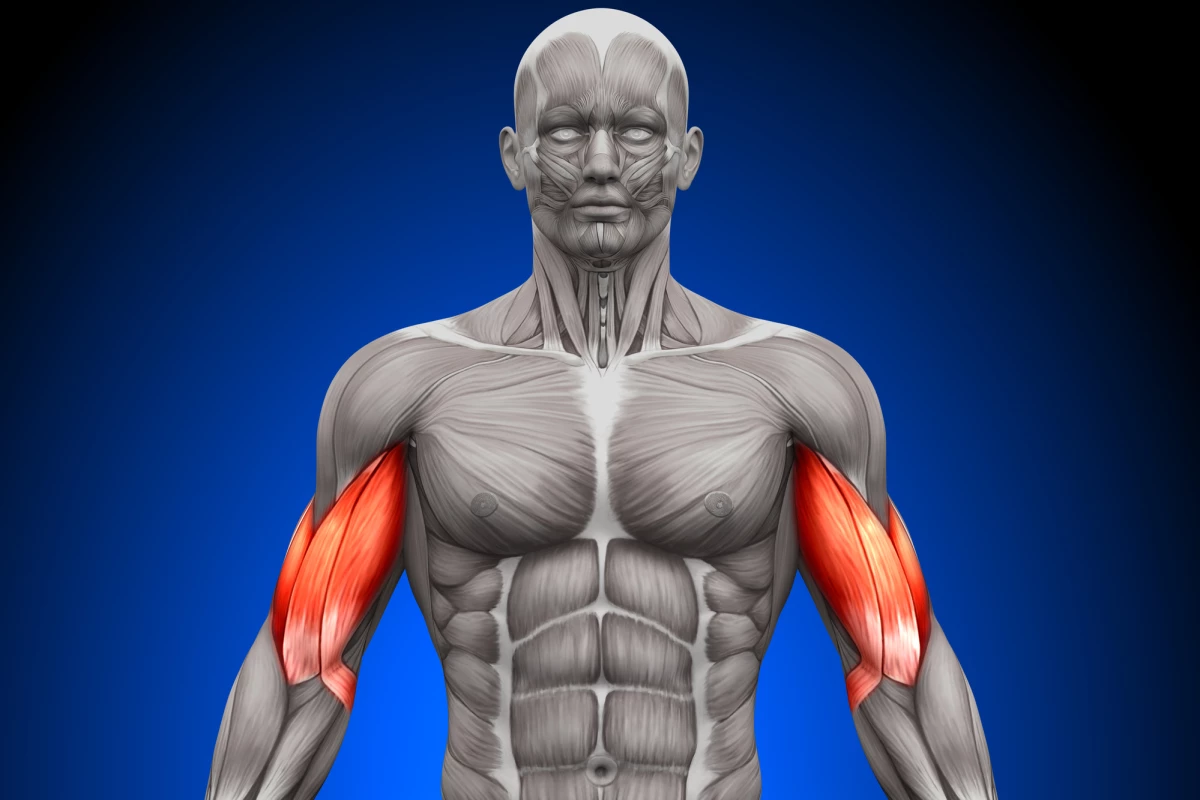Although muscle stem cells are able to grow and repair torn muscle tissue after we sustain an injury, they become less effective as we age. Now researchers at the Australian Regenerative Medicine Institute at Monash University have discovered a novel protein that can trigger the proliferation of these stem cells and promote healing, offering hope not only to those who have torn a muscle, but also the elderly and those suffering severe muscle wasting diseases.
To study the regeneration of skeletal muscle, the research team, led by Professor Peter Currie, turned to zebrafish. The zebrafish is a popular animal model for studying cell regeneration due to their quick reproduction rate, the fact that they share at least 70 percent of their genes with humans, and the ease with which they can be manipulated experimentally. They are also transparent, providing a convenient window for the viewing of actual regeneration in living muscle.
While studying the cells that migrated to the site of a muscle injury in zebrafish, the researchers noticed macrophages appeared to play a role in triggering the regeneration of muscle stem cells. Macrophages are a type of white blood cell that converge on the site of any injury or infection in the body to clear away debris and promote healing. Professor Currie calls them "the clean-up crew of the immune system."
"What we saw were macrophages literally cuddling the muscle stem cells, which then started to divide and proliferate," says Currie. "Once they started this process, the macrophage would move on and cuddle then next muscle stem cell, and pretty soon the wound would heal."
Digging deeper, the team found that eight genetically different macrophages converged on the injury site. This was despite the fact that it was long thought that only two types of macrophages exist in the body: one that quickly arrived on the scene to remove debris, and another type that was slower to arrive and which hung around to perform longer-term clean-up duties.
One of the newly identified macrophage types was what the team dubbed the "cuddler" for its aforementioned behavior of cuddling the muscle stem cells one after another. On further analysis, they found that it was releasing a protein called NAMPT. Furthermore, when the macrophages were removed from the zebrafish and NAMPT was added to the aquarium water, the muscle stem cells were still stimulated to grow and heal.
The team then moved onto a mouse model of severe muscle wasting and found that a hydrogel patch containing NAMPT led to "significant replacement of the damaged muscle." On the back of these promising results, the researchers say they are in talks with a number of biotech companies about taking NAMPT to clinical trials for the treatment of muscle wasting in disease, aging and injury.
The research was published in the journal Nature.
Source: Monash University via EurekAlert




